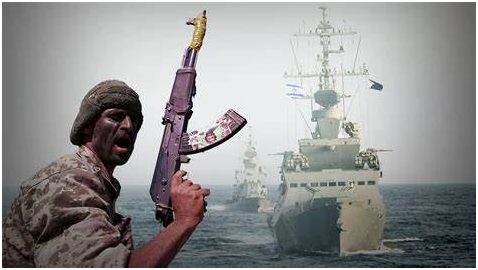
Due to the attacks by Yemen-based Houthi rebels on
commercial ships, the movement of goods from the Red Sea, the world’s busiest
shipping route, has disrupted the global supply chains as vessels have to take
long routes for exports and imports.
The immediate ripple effects are seen in increased
freight costs, mandatory war risk insurance, and significant delays due to
rerouting.
According to think tank GTRI, the average
container spot rates have more than doubled since early December 2023.
To avoid attacks, most large shipping
firms, since December 15 last year, have stopped using the Bab al-Mandab
straits for trade with Europe via the Red Sea and Suez Canal. The closure of this route snaps a critical
trade link between Europe and India and all of Asia.
Ships going to Europe will now move via
a much longer route around the Cape of Good Hope, the bottom tip of Africa. This change increases voyage distances by 40%
and raises transportation time and cost.
The two main shipping routes from India
to Europe are via Bab-el-Mandeb
Strait, Suez Canal and Red Sea; and via Cape of Good Hope,
encircling Africa.
The Red Sea route is shorter and faster, making it the
preferred option for most shipping companies.
It starts from major Indian ports like Mumbai, JNPT, or Chennai, heads westward
through the Arabian Sea, enters the Red Sea, and navigates through the Suez
Canal into the Mediterranean Sea. From there, ships can reach various European
ports depending on their destinations. India is heavily reliant on this strait
for its crude oil, LNG imports and trade with West Asia, Africa, and Europe.
The Cape of Good Hope route is longer and slower than
the Suez Canal route, but it avoids the potential for delays or disruptions. It is used for bulk cargo shipments where time is
less critical or when political instability in West Asia raises concerns about
using the Suez Canal.
It starts from the Indian ports, heads
southward across the Indian Ocean, rounds the Cape of Good Hope at the southern
tip of Africa, and then sails northward along the west coast of Africa before
entering the Mediterranean Sea and reaching European ports.